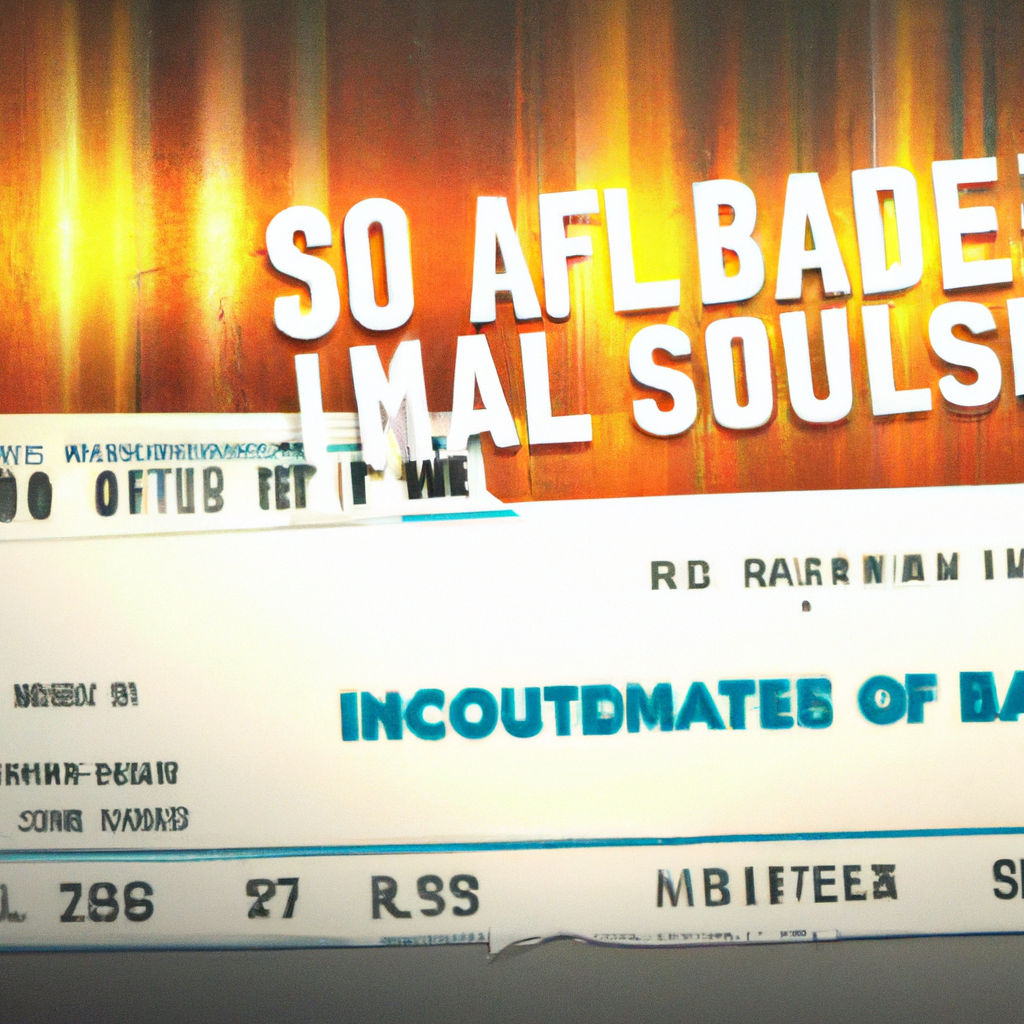Expensive Manila World Cup tickets affected attendance, says FIBA

Impact of High Ticket Prices on Manila World Cup Attendance
The recently concluded FIBA Basketball World Cup held in Manila, Philippines, has been the subject of much discussion due to the high ticket prices that were set for the event. According to FIBA officials, the expensive tickets had a significant impact on the overall attendance at the games, with many fans unable to afford the steep prices.
The FIBA Basketball World Cup is one of the most prestigious basketball tournaments in the world, featuring top teams from around the globe competing for the title of world champion. The event is a major draw for basketball fans, who eagerly anticipate the opportunity to watch their favorite teams and players in action. However, the high ticket prices set for the Manila World Cup proved to be a barrier for many fans, leading to lower than expected attendance at the games.
Ticket prices for the Manila World Cup were reportedly among the highest in the history of the tournament, with some tickets costing as much as several hundred dollars. This steep pricing structure was a departure from previous World Cup events, where tickets were more affordable and accessible to a wider range of fans. As a result, many basketball enthusiasts in Manila and beyond were unable to attend the games, leading to empty seats in the arenas and a lackluster atmosphere at the event.
FIBA officials have acknowledged the impact of the high ticket prices on attendance at the Manila World Cup, with FIBA Secretary General Andreas Zagklis stating that the organization is aware of the issue and is committed to addressing it in future tournaments. Zagklis emphasized the importance of making the World Cup accessible to as many fans as possible, and expressed a desire to find a balance between generating revenue and ensuring that the event is inclusive and welcoming to all basketball enthusiasts.
The issue of high ticket prices at sporting events is not unique to the Manila World Cup, as many major tournaments and competitions around the world have faced criticism for pricing out fans and creating barriers to attendance. In recent years, there has been a growing trend towards increasing ticket prices for sporting events, driven by the desire to maximize revenue and profitability. However, this approach can have unintended consequences, such as alienating fans and diminishing the overall experience of the event.
In response to the criticism of the high ticket prices at the Manila World Cup, FIBA has indicated that it will be reviewing its pricing strategy for future tournaments, with a focus on making tickets more affordable and accessible to a wider range of fans. This commitment to inclusivity and fan engagement is a positive step towards ensuring that the World Cup remains a premier sporting event that is enjoyed by fans from all walks of life.
In conclusion, the impact of high ticket prices on attendance at the Manila World Cup highlights the importance of striking a balance between generating revenue and ensuring that sporting events are accessible and enjoyable for fans. FIBA’s commitment to addressing this issue is a positive development that will hopefully lead to a more inclusive and engaging World Cup experience for basketball enthusiasts around the world.
Strategies to Make International Sporting Events More Accessible to Fans

The recent FIBA World Cup held in Manila garnered attention not only for the thrilling basketball games but also for the high ticket prices that seemed to have affected attendance. According to FIBA, the expensive tickets were a major factor in the lower-than-expected turnout at the event. This raises an important question: how can international sporting events make tickets more accessible to fans?
One strategy that organizers can consider is offering tiered pricing options. By providing different price points for tickets, organizers can cater to a wider range of fans with varying budgets. This approach allows fans to choose the ticket that best fits their financial situation, making the event more inclusive and accessible to a larger audience.
Another strategy is to offer discounts and promotions to encourage attendance. By providing special deals such as early bird discounts, group discounts, or student discounts, organizers can incentivize fans to purchase tickets and attend the event. These promotions can help make tickets more affordable and attractive to a broader audience.
Additionally, organizers can explore partnerships with sponsors and local businesses to help offset the costs of ticket prices. By securing sponsorships and partnerships, organizers can potentially lower ticket prices or offer free tickets to fans. This not only benefits fans by making tickets more affordable but also provides valuable exposure and support for sponsors and businesses.
Furthermore, organizers can consider implementing flexible payment options to make tickets more accessible. By offering payment plans or installment options, fans can spread out the cost of tickets over time, making it easier for them to afford attendance. This approach can help alleviate the financial burden of purchasing tickets upfront and make the event more financially feasible for fans.
In addition to pricing strategies, organizers can also focus on enhancing the overall fan experience to attract more attendees. By offering engaging pre-game activities, interactive fan zones, and exciting halftime shows, organizers can create a memorable and enjoyable experience for fans. This can help increase the perceived value of attending the event and encourage more fans to purchase tickets and participate.
Overall, making international sporting events more accessible to fans requires a strategic approach that considers pricing, promotions, partnerships, and fan experience. By implementing these strategies, organizers can create a more inclusive and engaging event that attracts a diverse audience of fans. Ultimately, the goal is to make international sporting events more accessible and enjoyable for all fans, regardless of their financial situation.
Balancing Revenue Generation with Fan Engagement in Major Sports Tournaments
The recent FIBA World Cup held in Manila garnered attention not only for the thrilling basketball matches but also for the high ticket prices that seemed to have affected attendance. According to FIBA, the expensive tickets were a major factor in the lower-than-expected turnout at the event. This raises an important question about the balance between revenue generation and fan engagement in major sports tournaments.
Ticket prices are a crucial aspect of any sporting event, as they directly impact the number of fans who can attend. While high ticket prices can generate significant revenue for organizers, they can also deter fans from attending, especially in countries where the average income is lower. In the case of the Manila World Cup, the high ticket prices may have priced out many local fans who were eager to support their national team.
Finding the right balance between revenue generation and fan engagement is a challenge that organizers of major sports tournaments must navigate. On one hand, ticket sales are a key source of revenue that helps cover the costs of hosting such events. However, if ticket prices are set too high, it can alienate fans and result in empty seats at the venue.
One possible solution to this dilemma is to offer a range of ticket prices to cater to different segments of the population. By offering affordable options for fans with limited budgets, organizers can ensure that the event is accessible to a wider audience. This not only helps boost attendance but also creates a more inclusive and diverse fan base.
Another important factor to consider is the overall fan experience. While ticket prices are a significant factor in attendance, the overall atmosphere and entertainment value of the event also play a crucial role in attracting fans. Organizers should focus on creating a memorable and engaging experience for attendees, with activities and attractions that appeal to a wide range of interests.
In addition to ticket prices, the location and timing of the event can also impact attendance. Choosing a venue that is easily accessible and convenient for fans can help boost attendance, as can scheduling matches at times that are convenient for the target audience. By taking these factors into consideration, organizers can maximize attendance and create a successful and memorable event.
Ultimately, finding the right balance between revenue generation and fan engagement is essential for the success of major sports tournaments. By offering affordable ticket options, creating a memorable fan experience, and choosing the right location and timing for the event, organizers can ensure that the event is accessible and appealing to a wide range of fans. This not only helps boost attendance but also creates a more inclusive and engaging experience for all attendees.

